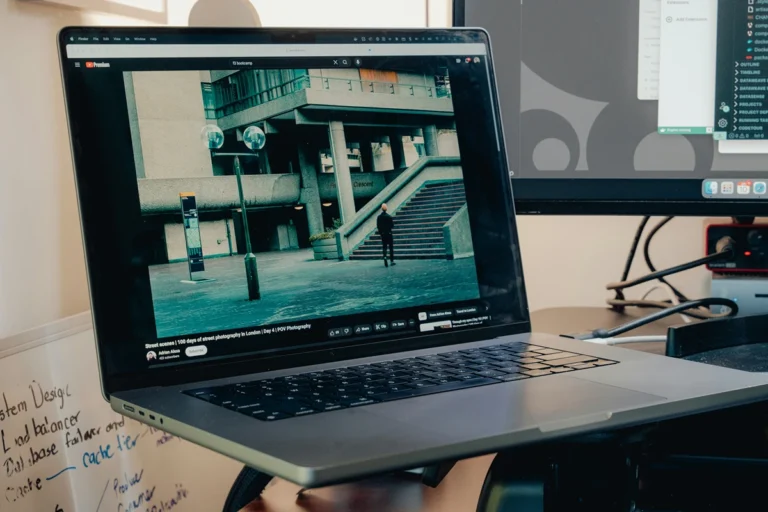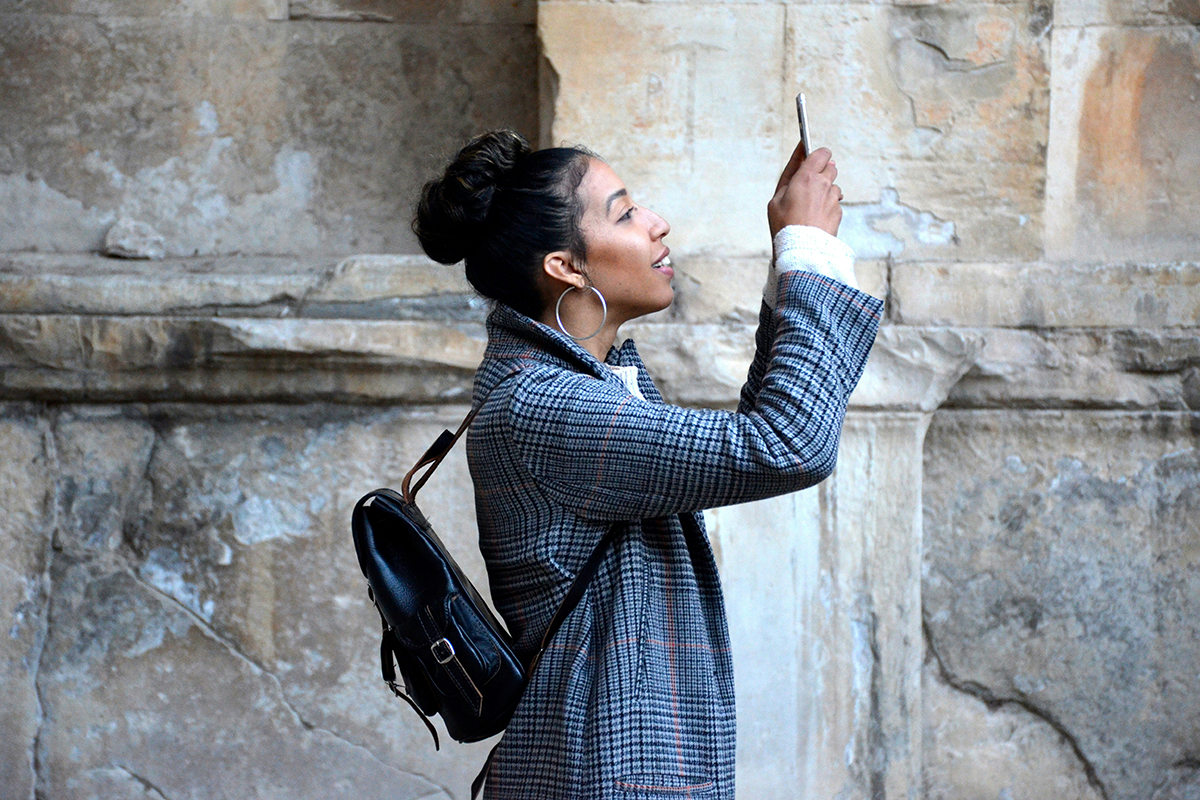Ever Lost an Hour (or Three) to YouTube?
You open YouTube for just one quick video, and suddenly the algorithm has pulled you into a YouTube binge watching spiral. This constant connectivity often brings a hidden cost: digital overload, anxiety, and struggles with focus (Hulbert-Williams et al., 2025; Feng et al., 2025).
The good news? You can reclaim control. This post shows you how to disable autoplay, build a “watch later” habit, and create a 3-video limit routine to quit multitasking and sharpen your focus.
Why Binge-Watching Feels So Hard to Resist
YouTube’s design encourages endless viewing: autoplay, infinite scroll, and algorithmic “next-ups” are built to keep you hooked (Marx et al., 2025). Research shows this kind of constant exposure contributes to:
- Distraction & multitasking: Frequent use of short-form and video apps is linked to attention difficulties and burnout (Feng et al., 2025).
- Anxiety & stress: Problematic social media use correlates strongly with mental health issues like anxiety and depression (Feng et al., 2025).
- Sleep problems: Excessive screen time contributes to poor sleep quality and fatigue (Alimoradi et al., 2019).
Understanding the design and its impact is the first step toward taking back your focus.
Your 3-Step Routine for Beating the YouTube Spiral
1. Disable Autoplay
Autoplay fuels binge sessions. By shutting it off, you stop the algorithm from queuing endless content.
- Desktop: Look for the “Autoplay” toggle above the “Up Next” queue.
- Mobile: Tap the video screen, then toggle off “Autoplay” near the next suggested video.
This small step reintroduces conscious choice into your routine (Marx et al., 2025).
2. Use the “Watch Later” Strategy
Instead of clicking recommended videos, add them to your “Watch Later” playlist. Then, watch intentionally at a time you choose. This turns reactive scrolling into a planned, mindful habit (Nyrhinen et al., 2023).
3. Set a 3-Video Limit
Keep YouTube purposeful with a clear boundary: no more than three videos per session.
- Count consciously. When you hit three, close the app/website.
- Add extras to “Watch Later” instead of breaking your limit.
- Treat the boundary as a micro-win. It builds focus and prevents multitasking creep.
Self-imposed limits like this are proven digital detox techniques that foster healthier media use (Schmuck, 2020).
The Bigger Benefits of a Balanced YouTube Habit
When you cap your viewing, you reclaim time, focus, and energy. Even short-term digital detox routines are shown to improve mental clarity, reduce stress, and boost well-being (Doskaliuk, 2023). That means more sleep, more energy for what matters and fewer “lost hours” to autoplay spirals.
References
- Alimoradi, Z. et al. (2019). Internet addiction and sleep problems: A meta-analysis. Sleep Medicine Reviews, 47, 51–61.
- Doskaliuk, B. (2023). Digital Detox: A holistic approach to well-being. Anti Aging East Eur, 2(4).
- Feng, T. et al. (2025). Social media addiction, mental health, and academic burnout. Heliyon, 11(2).
- Hulbert-Williams, L. et al. (2025). Coaching Generation Z: Challenges and opportunities. Current Psychology.
- Marx, J., Mirbabaie, M., & Turel, O. (2025). Digital detox: A framework for IS research. Information & Management, 62(2).
- Nyrhinen, J. et al. (2023). Self-regulation and smartphone use. International Journal of Consumer Studies, 47(5).
- Schmuck, D. (2020). The role of digital detox apps in smartphone overuse. Cyberpsychology, Behavior, and Social Networking, 23(8).
*Disclaimer: Offline Now offers educational coaching tips, not medical or therapeutic advice; please consult a qualified health professional for personal, clinical or health concerns.*


